Also Cinnamon main here, love the lightness of it.
- 1 Post
- 64 Comments
Thanks to you, I don’t need to answer to OP anymore👍

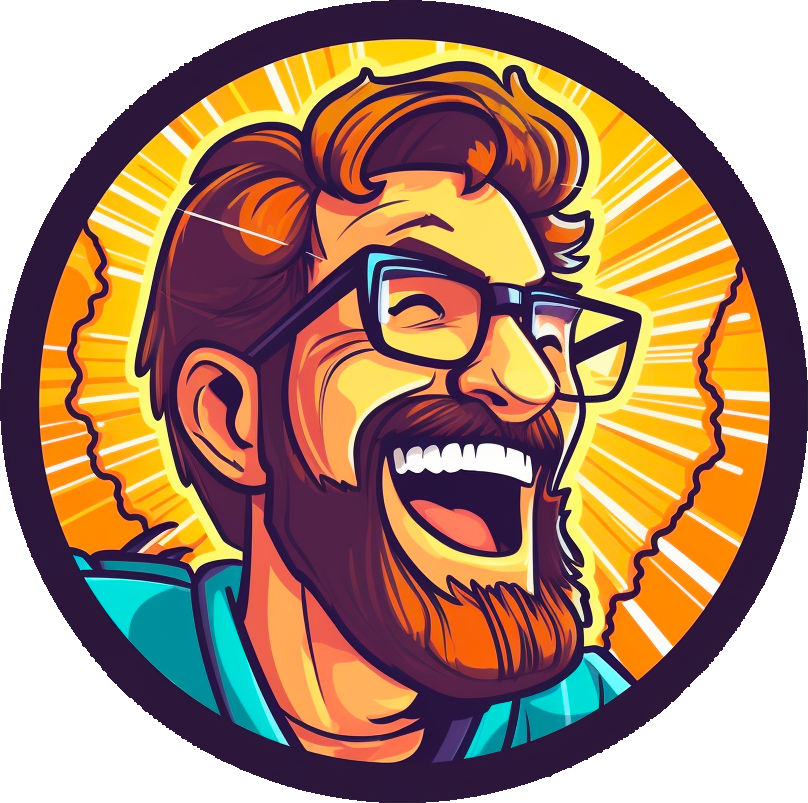 21·2 months ago
21·2 months agoA URL is not an agent string, just saying.

 16·2 months ago
16·2 months agoSo I have to use the same width as you? What if I want 3 spaces for a tab?

 1·2 months ago
1·2 months agoIn those cases, I agree. But for a tiling window manager like w3m, I don’t see the application having a say in position and location. Hence I didn’t think that the app has so much to do with creating windows. Just my thought.

 3·2 months ago
3·2 months agoI used to do apps with QT (as well as with Java) and when creating a window, I only needed to say, “new window of that preferred size please”, then the engine would make the window of that size if possible. Now, maybe QT did things more in depth behind the scene, I don’t know.

 1·2 months ago
1·2 months agoI don’t understand what is the point of this. Isn’t it the job of the WM to position windows and stuff? Apps have to do it themself now?

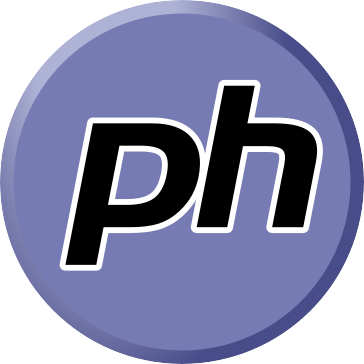 7·2 months ago
7·2 months agoMine is not in the list.
“Click here and there, because no documentation…”

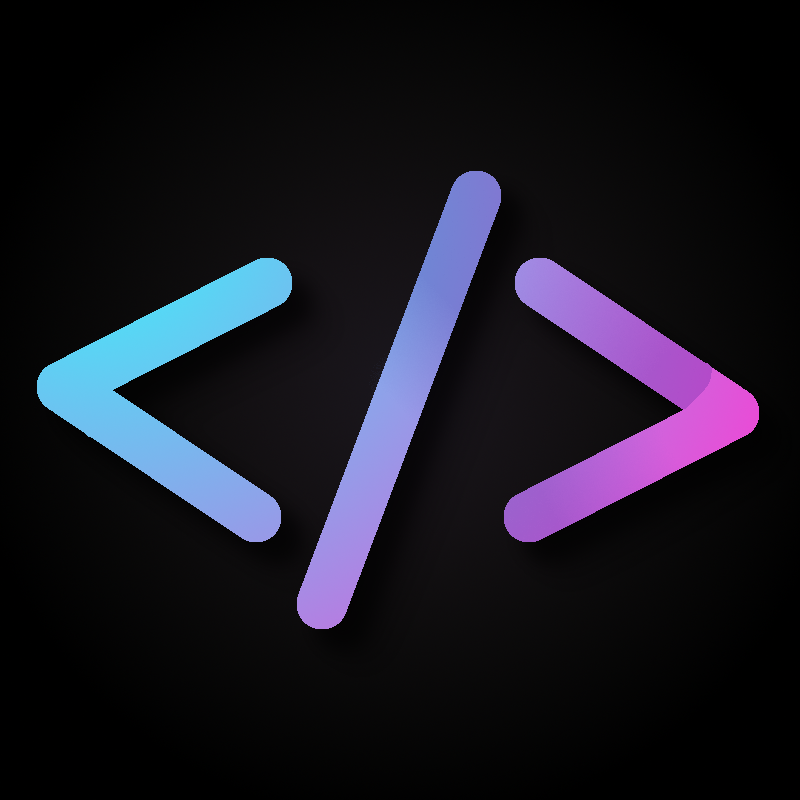 15·3 months ago
15·3 months agoYou don’t say if you noticed before pushing. If it’s your last commit and not pushed yet, you can still amend your last commit.

 1·5 months ago
1·5 months agoI am not sure what do you mean. I use fedora with Nvidia (it’s a different repo to activate) and my main rig is for gaming… No problem what so ever. Using Fedora since 37, what a smooth ride.

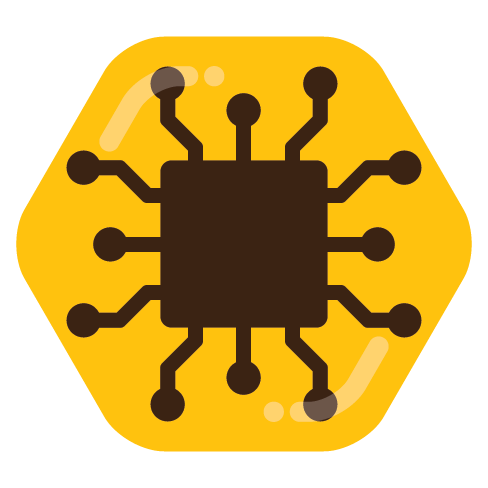 29·9 months ago
29·9 months agoAlso, who knows if Netlify didn’t provoque the ddos to make free loaners pay?

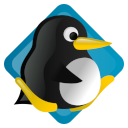 17·9 months ago
17·9 months agoNice! Looking quite good.

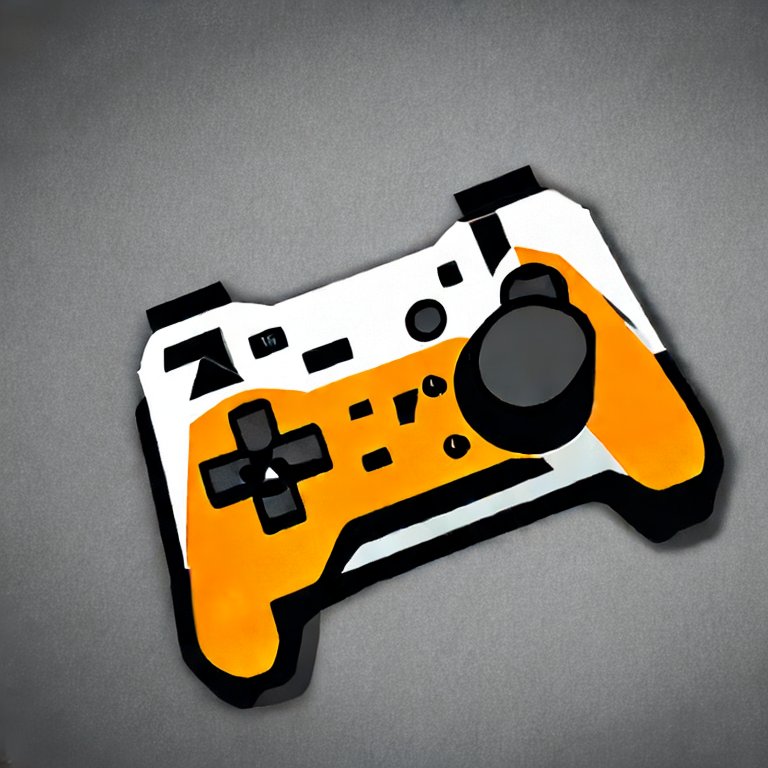 3·9 months ago
3·9 months agoBalatro… I have no life anymore!

 7·9 months ago
7·9 months agowhat the fuck else do you want?
Lol, maybe a max-width on body at least, so I don’t lose my line when reading long lines.
It’s said to have narrow lines helps readeability for a reason.Although, I agree, you don’t need much to make a website that is functional.

 19·10 months ago
19·10 months agoZombies are creatures as well, will PETA whine about COD zombies or L4D?
No, it’s a video game, get reallity out of here… Same for any creature of fiction… what part of the word don’t they understand?

 1·10 months ago
1·10 months agoUsing the JIS layout. One thing I miss from ANSI is the single and double quotes on my right pinky.(on the same key) Other than that, JIS is a nice layout to do programing with.

 2·10 months ago
2·10 months agoThat sample text file, you can save it in the “Template” folder in your home folder, and then you can create a new file from that template with the right click menu > new entry :)

 10·10 months ago
10·10 months agoI was wondering what that article was on about!? But knowing that, I will follow that news outlet more closely for the lols…

 1·10 months ago
1·10 months agoMy first computer was an Oric-1, and I typed a little bit of BASIC on it, and even managed to save to a cassette tape! (never managed to reload what I saved though lol) This first computer was traded to me by a friend for I don’t remember what, but it made me interrested into computers for sure!
Next, with that same friend, I traded again and got an Atari 520 STE, that’s where the story really begins! I was about 14 at the time. Since then, I stopped leaving my room, and started to read a 500+ pages book about GFA basic. I have so good memories about the things I could do with that computer, even to nowadays standards, it’s the best computer ever! I remember I had a 30Mb hard drive in SCSI, and some accessories. It’s still at my parent’s house. I miss it.
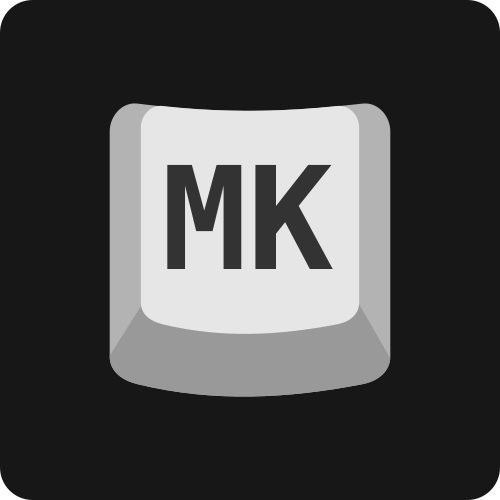
Like some other ppl here, I clone everything in a git folder under my home directory.